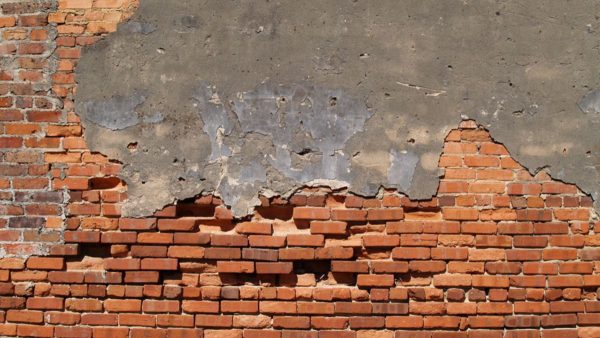FAQ’s about tuckpointing

If you are responsible for the maintenance of a brick commercial building, you have probably heard of the exciting technique of tuckpointing. Still, you may have some questions about the specifics. That is where we come in. We would love to clarify by addressing some of the most frequently asked questions about tuckpointing.
What is tuckpointing?
Tuckpointing is a meticulous masonry restoration technique known as “repointing.” It involves carefully removing deteriorated mortar joints from brick or stone surfaces and replacing them with fresh mortar. Artisans skillfully shape the new mortar to match the original joints, thereby enhancing the masonry’s aesthetics and structural stability.
Why is tuckpointing necessary?
Tuckpointing serves several critical purposes. Foremost among them is the restoration of deteriorated mortar joints, which can result from age, exposure to weather elements, or other factors. By replacing compromised mortar, tuckpointing effectively restores the structural integrity of the masonry, preventing further decay. Moreover, it significantly improves the structure’s appearance, ensuring it retains its aesthetic appeal.
When is tuckpointing required?
The need for tuckpointing becomes evident when you observe the following signs:
- Visible cracks, holes, or areas of wear in the mortar joints.
- Indications of moisture intrusion like damp patches, mold growth, or efflorescence.
- Discoloration or staining of the mortar.
- Deterioration of the finish coat, if applicable.
The presence of any of these signs should prompt consideration of tuckpointing as a measure to prevent further damage.
Is tuckpointing solely for aesthetic purposes?
While tuckpointing undeniably enhances the aesthetics of masonry, its primary objective remains structural restoration. The replacement of deteriorated mortar ensures the stability of the masonry. However, the process also offers the added benefit of enhancing the building’s aesthetics.
Can I tuckpoint my masonry myself?
Tuckpointing is a highly specialized skill requiring expertise in mortar mixing, joint shaping, and masonry techniques. While minor repairs may be within the realm of skilled DIY enthusiasts, it is generally advisable to seek the services of a professional masonry restoration team. Professionals possess the knowledge, experience, and specialized tools to execute tuckpointing correctly, guaranteeing enduring and effective results.
How long does tuckpointing last?
The lifespan of tuckpointing varies depending on multiple factors, including the quality of materials used, the craftsmanship applied, and prevailing environmental conditions. In general, well-executed tuckpointing can endure for several decades. Regular maintenance and inspections are crucial to identifying when additional tuckpointing is necessary to ensure the continued excellence of the masonry.
Is tuckpointing expensive?
The cost associated with tuckpointing varies based on the scope of the project, the size of the masonry area involved, and the extent of deterioration. While tuckpointing represents an investment in preserving your building, it typically proves more cost-effective than addressing major structural repairs that may become necessary if the deterioration is left unaddressed.
Please reach out if you have more questions about tuckpointing or need an effective, considerate contractor for your commercial building tuckpointing project. We’d love to help you find the right solution for you.
